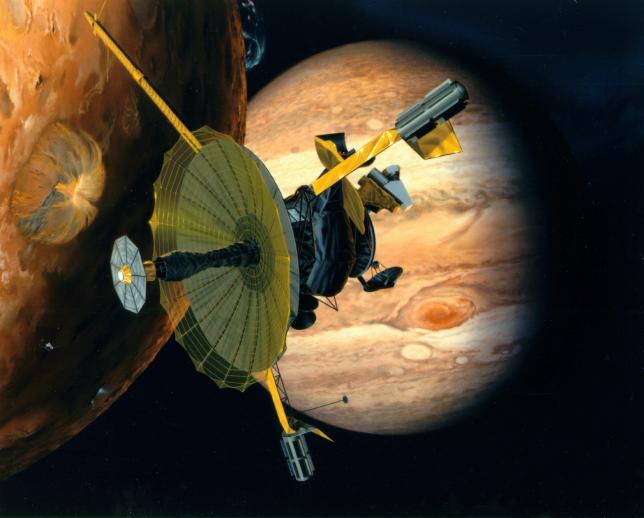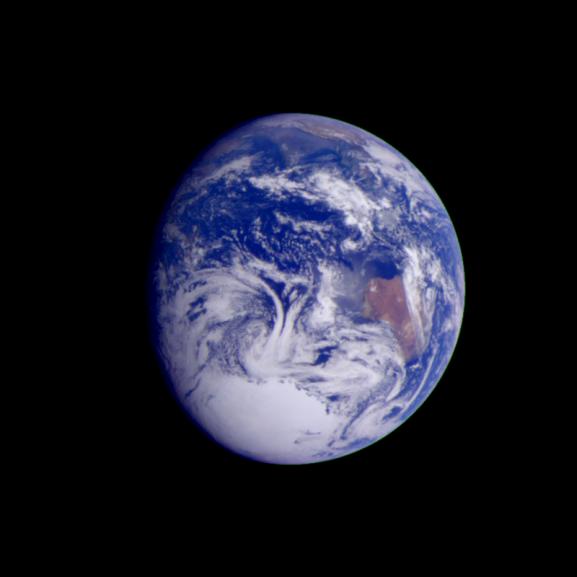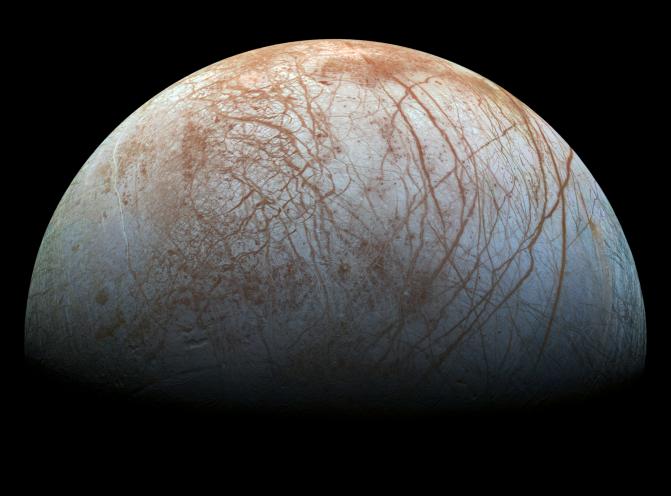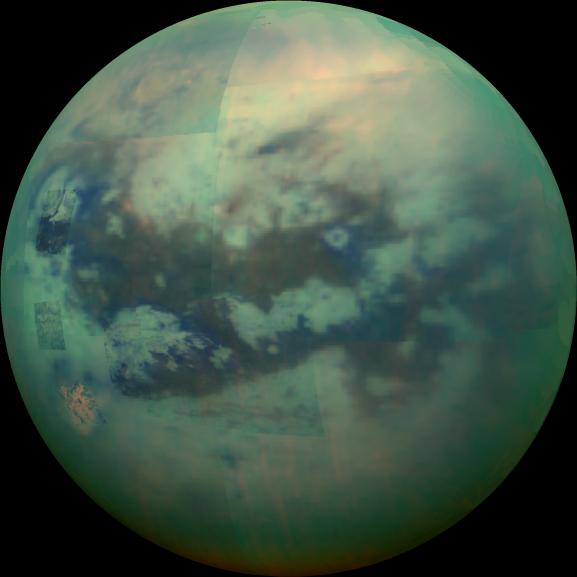A big part modern astrophysics science is the search for alien life, more particularly for this article, the search for life using NASA's probes. Carl Sagan in particular set much groundwork for using probes like the Galileo for finding life, as finding life being a very important quest for Carl Sagan. If you think about it, it is a very important question for all of humanity. Space in general, even with all our fancy instruments, seems very quiet. Nearly everything we have detected on those instruments has been explainable by natural processes. If we can't find evidence of life elsewhere, then life must by extension, be extremely rare. If life truly is this uncommon, there is a very real probability that humans themselves will simply wipe themselves out before we ever achieve getting off of our little, wet, rock. Finding life becomes an important quest, not only because of the science it will provide, but because doing so will show that humanities journey thus far does not necessarily have to come to an abrupt and sad end.
So how do you find life on an alien planet?
Carl Sagan laid the groundwork for answering this question by using the best example of life there is, our own planet, Earth, with the Galileo probe.
- First thing is to confirm that the chemistry of an alien world is one that supports life as we know it to be, like unusually large amounts of Methane which can be produced by things like, as Sagan puts it, "flatulence from domesticated ruminants".
- Confirm through images that there are large expanses of ocean, there are quickly changing clouds or large changes in reflectivity, or various different colors. The varied surface colors and reflectiveness of earth don't prove life, but they are unusual for what we would expect a lifeless planet to look like.
- Detect electronic signals such as radio signals of any type consistent with signals of the sort humans generate with their technology which originate from below the clouds on the planet.
The Capabilities of the Galileo Probe
The Galileo Probe was a spacecraft launched by NASA which studied Jupiter and it's moons. It was the first spacecraft to orbit an outer planet and was the first to flyby and study many of Jupiter's orbiting bodies. Carl Sagan's guide was specifically constructed for the Galileo to detect life on any of Jupiter's moons.
However, there was a problem. The Galileo wasn't designed for detecting life on an alien planet and because of this, we needed to answer the question as to what life would look like to the science instruments on the Galileo.
 |
| An artists conception of the Galileo Probe flying close to Jupiter's moon Io, with Jupiter in the background. Image can be found from NASA's photojournal here. |
So what do we do? How do scientists figure out what a positive detection of life would look like to the instruments on the Galileo? Scientists know what life on earth looks like and in fact, even to this very day, life has never been found to exist anywhere but on earth. Since we know that life is extremely abundant on earth, if we knew what earth looked like to the Galileo, then we should be able to say if any of Jupiter's moons look similar. Luckily, Carl Sagan was around and had exactly this plan.
Using Earth to Perform a Gravity Assist
The Galileo was planned in December 1990 to do what is called a "gravity assist". A gravity assist causes spacecraft to take less time to get to their destination by slingshotting around planets using their gravity, hence gravity assist. A gravity assist also means that the spacecraft must get quite close to whatever object is providing the 'assist'. Probes like the Voyager I and Voyager II used gravity assists to greatly increase their traveling speed.
In this case, it meant that the Galileo spacecraft was to do a 'gravitational assist' using the Earth twice and Venus once, meaning that during the time the Galileo was flying close to earth, it could closely measure what a life filled planet would look like to the instruments on the Galileo. The data Carl Sagan obtained from this Earth fly by could also serve as a guide and a framework for testing for life on alien planets using space probes akin to the Galileo.
 |
| An image of earth taken by the Galileo. It was published in 1996 which you can find it in the NASA photo journal. The clouds, varying colors, and large expanses of ocean can be seen from this image, which Sagan in his paper pointed out was indicative of a human friendly habitat. |
Was the Galileo able to Detect life on Earth?
Did the Galileo Find Life on Jupiter's Moons?
 |
| A picture of Europa taken by Galileo in the 1990's and recently re-released in 2014. Using the data available, care was taken to showcase what Europa would appear like to the human eye. Even though Europa is beautiful in it's own right, it looks somewhat barren. Looks can be deceiving though as due to a bunch of liquid water right under the surface, it turns out Europa is one of the most likely places for life to exist outside of Earth in the Solar System. You can learn more about this image from the NASA photo journal website. Image Credit: NASA/JPL-Caltech/SETI Institute |
Is There any Chance of Finding Life?
 |
| A mosaic of Titan. It's atmosphere has a lot of organic molecules with high levels of methane. If life were to exist on titan, it's chemistry would likely be wildly different than the chemistry life has on Earth. It would be quite exciting to find life existing in a form which is entirly alien, even down to the chemistry it relies on to survive. You can find this picture as well as other picture of Titan from the NASA photojournal. |
| Image as taken by the Cassini Probe of the moon Enceladus. The sun provides backlighting in such a way so as to clearly show the plumes. Picture can be found on NASA's website here Credit: NASA/JPL-Caltech |
Comments
Post a Comment